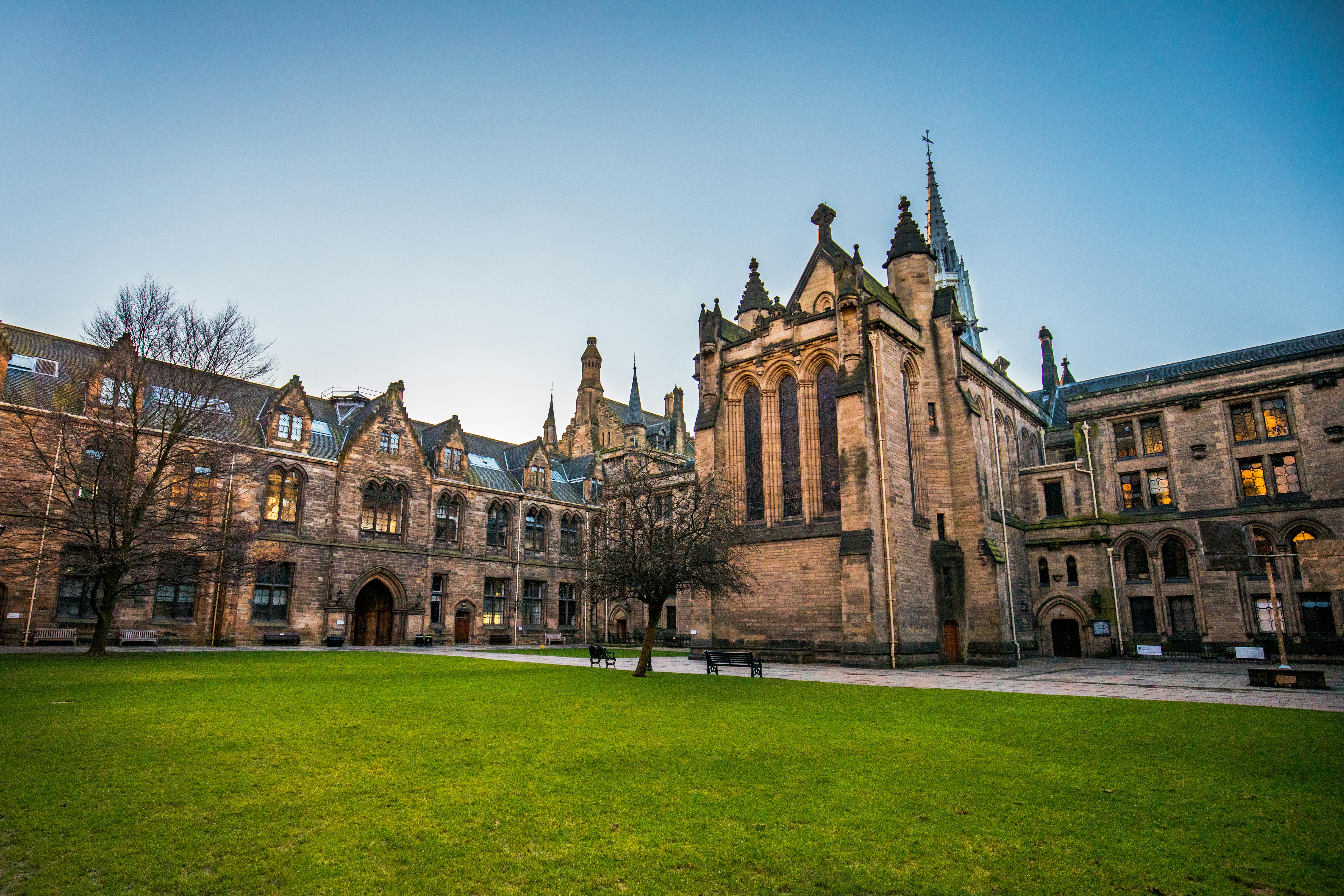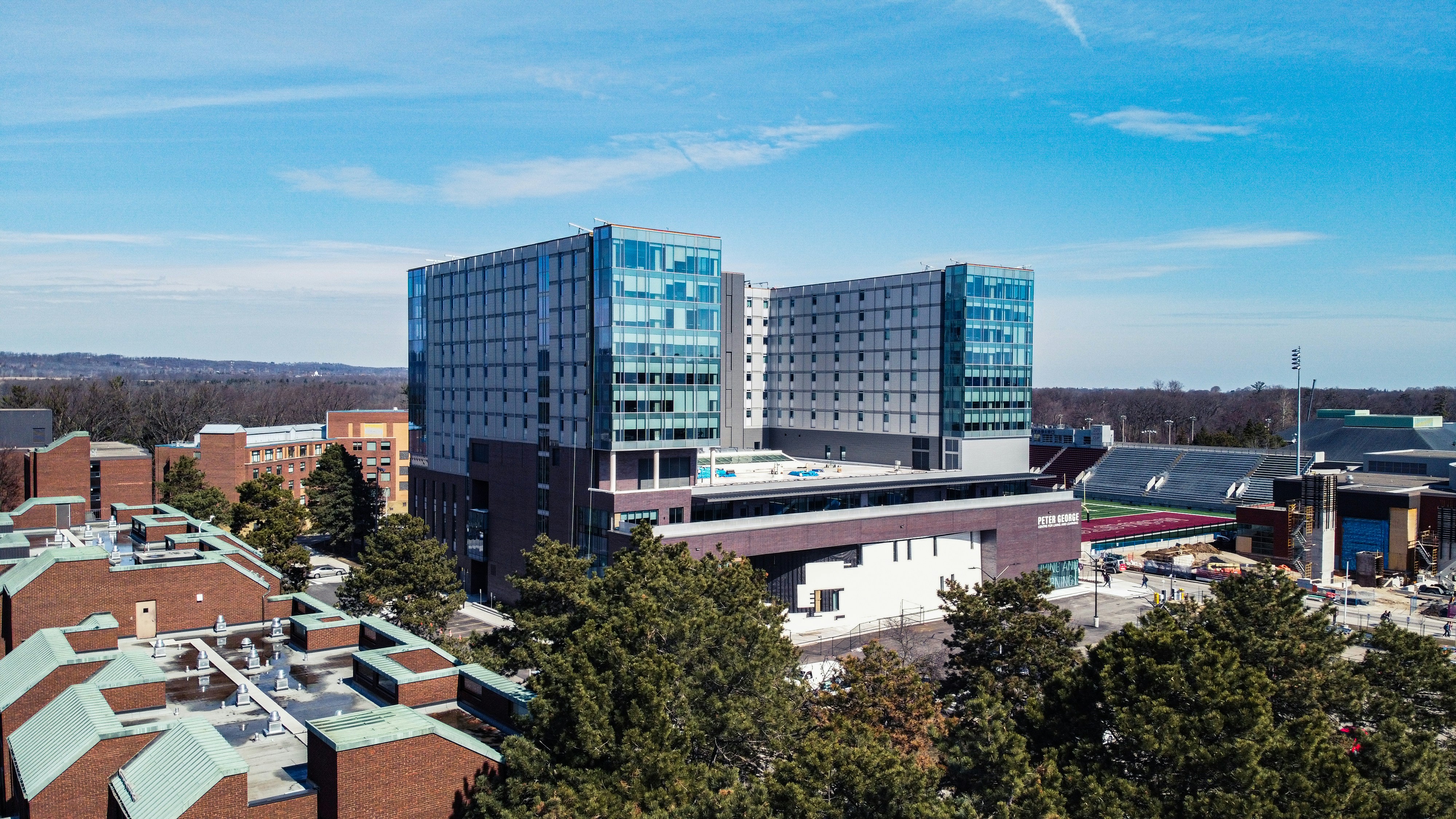Transfer Program

Study in Canada: Transfer Programs
Transfer programs in Canada allow students to
start their studies at one institution and complete them at another. These
agreements between colleges, technical schools, and universities facilitate the
transfer of courses and credits, helping students progress in their educational
journey.
Overview of Transfer Programs in Canada
A
university transfer program is a system where a student begins their education
at one institution and completes it at another. Colleges and technical schools
often have transfer agreements with universities, enabling students to transfer
courses from their college-level studies to an advanced university program. The
smaller and more intimate college environment can provide a different
experience compared to larger universities. After completing initial courses at
a college, students can transfer to a university to complete the more advanced
courses needed for graduation. It's important to check with individual
institutions as the specifics of these programs can vary widely.
Students choose transfer programs for various
reasons, including cost savings, proximity to home, different university
entrance requirements, smaller class sizes, or specific extracurricular
interests. These programs offer unique opportunities for academic and personal
advancement.
College –
University Programs
Many international students opt to start at a
college and finish at a university. This strategic choice offers several
benefits, such as:
- More affordable tuition
- Smaller class sizes
- More relaxed entrance requirements
- Flexible start dates
Colleges often emphasize practical, hands-on
learning, which complements the academic focus typically found at universities.
For students seeking multiple degrees, certificates, or diplomas, this can be a
practical path.
Note: Most
universities require that the final two years of a program be completed on
their campuses to grant a degree.
University
– University Programs
There are situations where students transfer
between universities. Reasons for transferring include relocating, seeking a
different program or better fit, or gaining admission into a competitive
program. Transfer rules vary, so it's essential to understand the specific
requirements of each institution.
Note: Most
universities require that the final two years of a program be completed on
their campuses to grant a degree.
Specific Provincial Programs
Some provinces have developed cooperative
transfer systems to facilitate student movement between schools. For example,
British Columbia’s transfer system includes 40 participating schools, including
major research universities, private degree-granting institutions, and smaller
colleges. Alberta and Ontario also have established programs, while other
provinces are working to develop similar protocols.
Common
Transfer Models
2+2 Model
This model involves two years of full-time
study at a college followed by two years at a university. Receiving
universities will accept a maximum of two years’ worth of credits for transfer.
1+3 Model
In this model, students spend one year at a
college and then transfer to a university for three years. Receiving
universities will accept at least one year’s worth of credits for transfer.
Block Transfers
Many institutions accept completed diplomas or
degrees as a block of course credits. This means the receiving school has less
discretion in selecting which courses to credit, streamlining the transfer
process. By understanding these transfer programs, students can make informed
decisions about their education pathways in Canada, optimizing both their
academic and career opportunities.
Contact
Visa Nexa for Immigration Assistance
Need Canadian immigration assistance for Transfer
Program to Canada? Visa Nexa Inc. is here to help. We can assess your
eligibility and submit your application to the Canadian government. With over
10 years of expertise, Visa Nexa in Mississauga, Ontario has been helping
clients achieve their dream of becoming Canadians. Our head offices are in
Delhi (VISAWALK) and Chandigarh (The Mentors). Reach out to us today and take
the first step toward your new life in Canada!
Click here to fill
the CONTACT US form










